René and Georgette Magritte: A Love Story
You’ve heard of René Magritte—the Surrealist icon behind the famous pipe and bowler hat. But who was the muse who inspired much of his oeuvre?...
Natalia Iacobelli 21 November 2023
Soulmates in both life and art, Sonia and Robert Delaunay formed what is probably the most extraordinary creative partnership in art history. Through the bold use of color and form, this couple developed new theories and art forms that reverberate to this very day. We are going to take a look at the singular personal relationship that fed the art of Sonia and Robert – come on a stroll with us along the boulevards of Belle Epoque Paris!
Geometric abstraction, Cubism, Orphism, Simultanism – art terminology can be confusing, but wait! Just take a look at the work of Sonia or Robert Delaunay, and you will immediately get a sense of the simplicity and purity of their art, and feel the rhythm and movement within it. In a truly unique collaboration, Sonia and Robert created a common body of work whilst maintaining their individuality as artists. They believed that color could be used in the same way a composer uses notes to create harmonies and to delight. For Sonia and Robert color was language, and every sound had its own tone and hue.
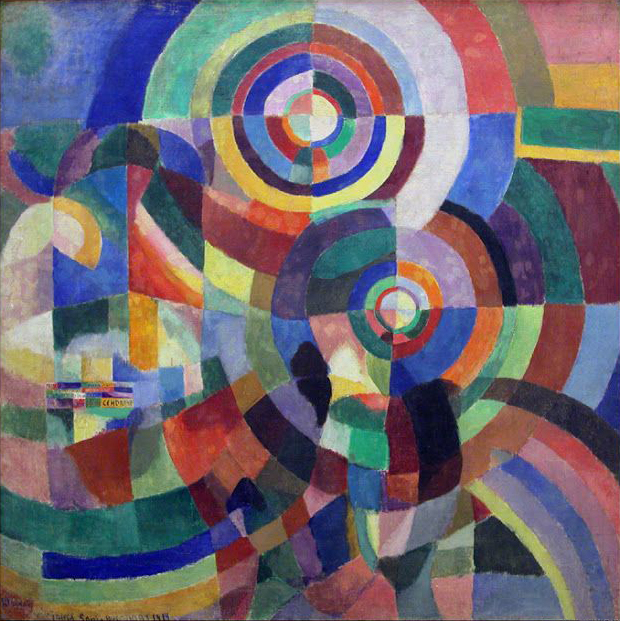
Sonia Delaunay, Electric Prisms, 1914, Musée National d’Art Moderne, Paris, France.
Sonia Delaunay was born Sarah Elievna Stern to poor Jewish parents in Ukraine (then the Russian Empire). She was moved to live with her uncle Henri Terk in Saint Petersburg at just five years old. He was a wealthy and influential lawyer, and her life became a carousel of art, music, education, travel, and summers in Finland. At this point, she changed her name to Sonia Terk.
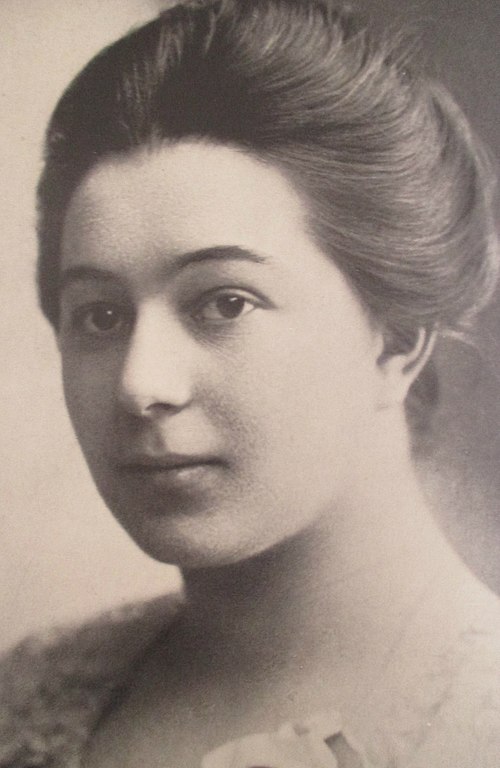
Photograph of Sonia Delaunay, 1912. Wikimedia Commons (public domain).
In a striking similarity, Robert Delaunay too was moved from his early home to live with relatives. In his case, his aunt Marie and her husband Charles Damour. Robert’s mother was a countess, but she preferred the excitement of travel over childcare. It is said that she inspired Henri Rousseau’s Snake Charmer painting with talk of her travels in India. To add to the synchronicity, Robert and Sonia were born in the same year, 1885, just a few months apart.
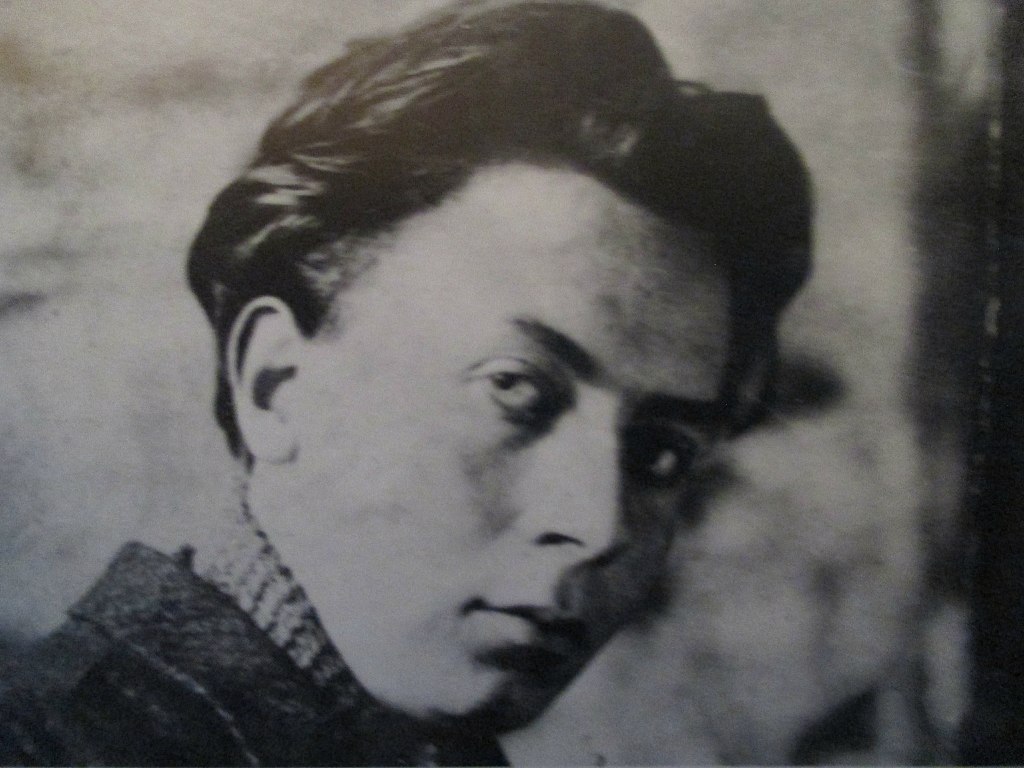
Photograph of Robert Delaunay, 1912. Wikimedia Commons (public domain).
Sonia formally trained as an artist in Germany and France, but she found galleries much more inspiring than the rigid teachings of the classroom. In 1908, she entered into a brief ‘marriage of convenience’ with German art dealer and gallery owner Wilhelm Uhde. This was very much a friendly arrangement that suited both parties. Sonia gained freedom from her family, was allowed access to her dowry, and got a French passport. For Uhde, the marriage provided a cover for his homosexuality (which was sadly still disapproved of by wider society). Sonia enjoyed access to the art world via exhibitions at Uhde’s gallery and benefited from his connections. In fact it was in Udhe’s gallery that Sonia Terk met Robert Delaunay in 1909.
Sonia and Robert fell in love and quickly became lovers. Just a year later in 1910, Sonia was pregnant, and she was divorced from Uhde and married to Robert, although Uhde remained a lifelong friend. He was one of the first collectors of Cubist art, including pieces by Pablo Picasso and Georges Braque. Baby Charles Delaunay grew up to be an important figure in French jazz. Sonia and Robert Delaunay spent most of their working life in Paris. They loved each other and they loved art. Together they embarked on a decades-long exploration of color. The avant-garde power couple was born!
We had rediscovered the moving principle of any work of art: the light and the movement of color.
Sherry A. Buckberrough, Sonia Delaunay: A Retrospective, 1980, Albright-Knox Gallery, Buffalo, New York.
Luckily, motherhood was not a barrier to creativity for Sonia. Indeed it seems to have sparked new ideas. In 1911, Sonia Delaunay made a patchwork quilt for Charles’s crib. She sewed spontaneously, using geometry and color in a folk-style patchwork pattern, This was the point at which Sonia moved from figurative work to abstract. This astonishing and beautiful work can be seen in the collection of the Musée National d’Art Modern in Paris. This seemingly simple baby’s blanket anticipated the experiments with color and shape that would become Sonia’s renowned hallmark style, called ‘simultané’ or simultanist.

Robert Delaunay, La Ville de Paris, 1912, Musée National d’Art Moderne, Paris, France.
Sonia is simultaneous. She is in the silk-workshop (or the workshop where wool is woven, or velvet made) and the dress-designer’s studio all at the same time. She gives her conception a perfect creative harmony, by thinking about all the transitions between the ready-made fabric and the final garment… Sonia knows the secret of her art: simultaneity is her trademark, the mark of her mind.
Du Cubisme a l’Art Abstrait, S.E.V.P.E.N., Paris, 1957.
Paris was the epitome of the modern world and the Delaunays were enchanted! Public electric street lighting was introduced to Paris in 1878. The iconic Eiffel Tower was completed in 1889. Robert painted many Eiffel Tower paintings – read the story of his masterpiece the Red Tower. The couple would stroll down the boulevards, where brilliant light had replaced the old gas lamps. Sonia said:
We would go and admire the neighborhood show. Halos were making colors and shadows swirl and vibrate around us as if unidentified objects were falling from the sky, friendly and crazy, beckoning our madness.
Sonia Delunay, We Shall Go Up To The Sun, 1978.
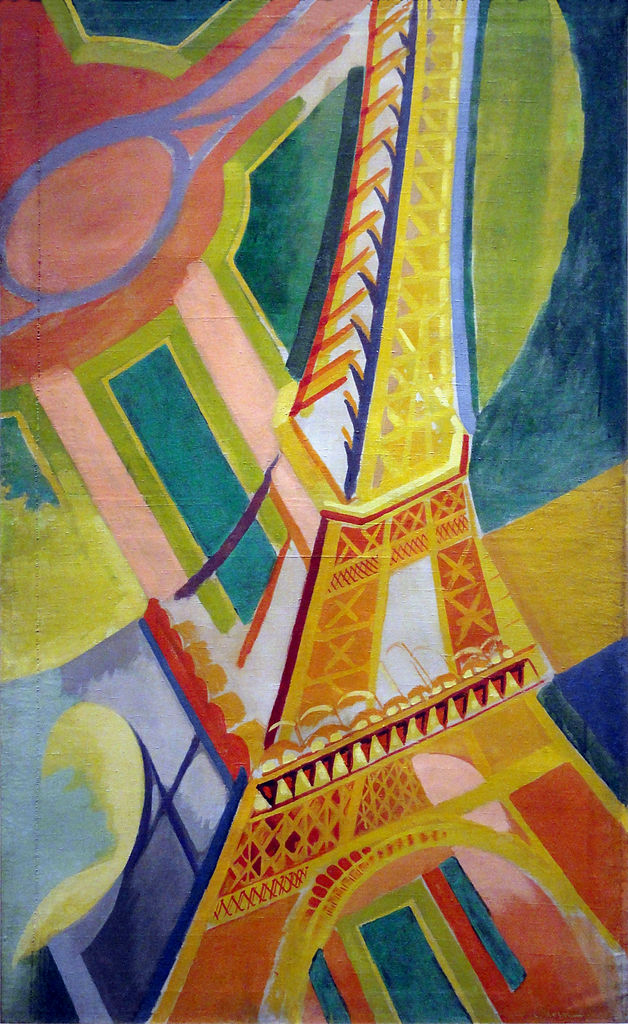
Robert Delaunay, Tour Eiffel, 1926, Musée d’Art Moderne, Paris, France.
At the outbreak of World War I, Sonia and Robert Delaunay were holidaying in Spain and decided to stay. In Spain, and a year later in Portugal, they found inspiration and connection. In her memoir Sonia recollected:
The light was not intense, but it enhanced all the colors, the multicolor or dazzling white houses of sober design, the peasants in folk costumes, the materials, the ceramics that had amazingly pure lines of ancient beauty.
Sherry A. Buckberrough, Sonia Delaunay: A Retrospective, 1980, Albright-Knox Gallery, Buffalo, New York.
On their return to Paris, the Delaunays enjoyed the best of high society. The couple owned a car, a telephone, and a radio when such things were quite rare. They entertained and held salons with friends like Wassily Kandinsky and Marc Chagall, and also the poets Guillaume Apollinaire and Blaise Cendrars. To the disdain of some in society, the Delaunays were happy to entertain Germans, including the Bauhaus architects. For Robert, the Bauhaus idea of joining art and industry was perfectly in line with his own modernist views.
However, the coming of another war had quite an effect on their lives. When the World War II broke out and Paris was occupied, Sonia’s Jewishness suddenly became very relevant and the family fled to the Auvergne. Robert was declared unfit for military duty, but that didn’t stop some people from calling him a deserter.
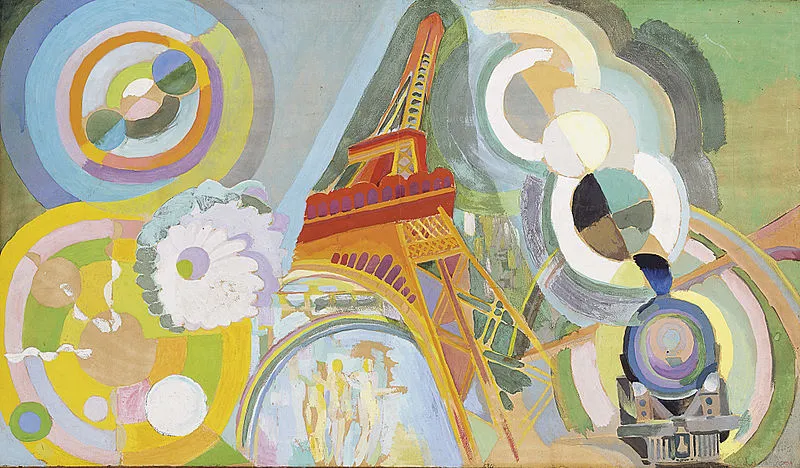
Robert Delaunay, Air, Iron, and Water, 1937, Israel Museum, Jerusalem, Israel.
Robert was fascinated by the science and theory of color, which he believed was literally a thing in itself, with its own powers of expression and form. Robert was fascinated by the rapid technological change occurring around them, often using expressions of modernism such as the motor car and the airplane. Sonia cut quite a figure at the 1925 Paris Exhibition sitting on her painted motor car, which had been decorated to match the colors of her fabrics. She opened a studio and a fashion house and registered the word simultané as a brand name in France and the USA.
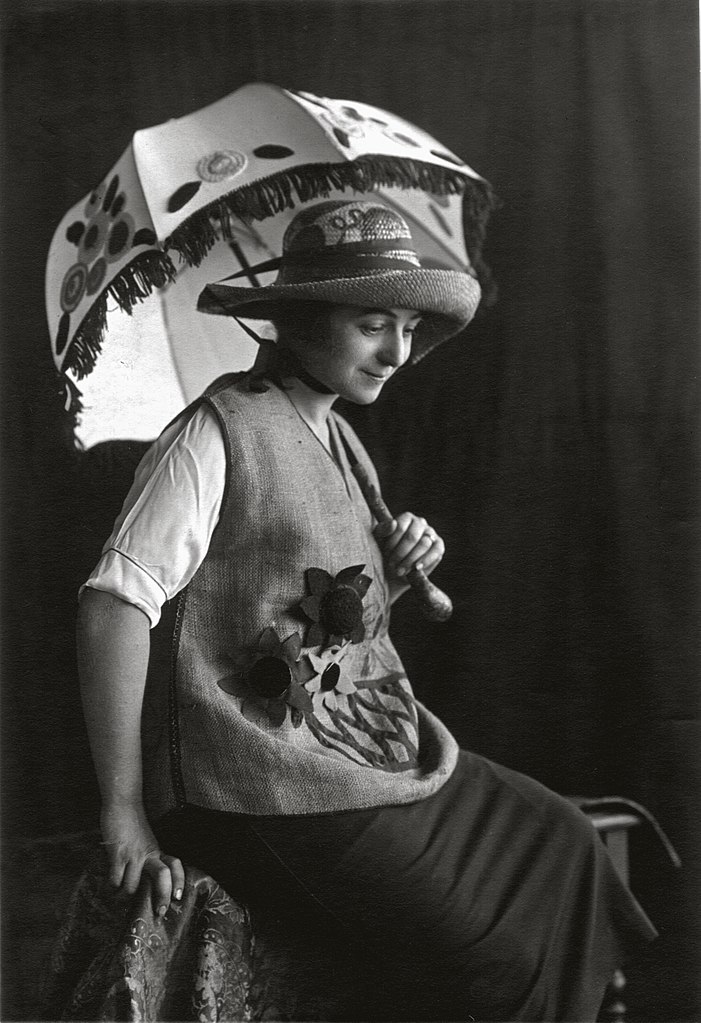
Sonia Delaunay wearing her Casa Sonia creations, Madrid, c.1920. Wikimedia Commons (public domain).
Sonia worked in a wondrous union of fine and applied arts. While she developed her work across fabric and fashion, theater, and homewares, Robert’s experimental spirit focused solely on canvas. Using harmonic rhythms of color and light, he worked to create an art that could reflect the particularities of the modern world, but that could also tell us something about the universe and the cosmos. The influence of Robert’s sweeping lines and vivid color can clearly be seen in the Art Deco posters and advertisements that came later. Both artists passionately believed that abstract art was only important if it explored ‘the endless rhythm where the very ancient and the distant future meet.’
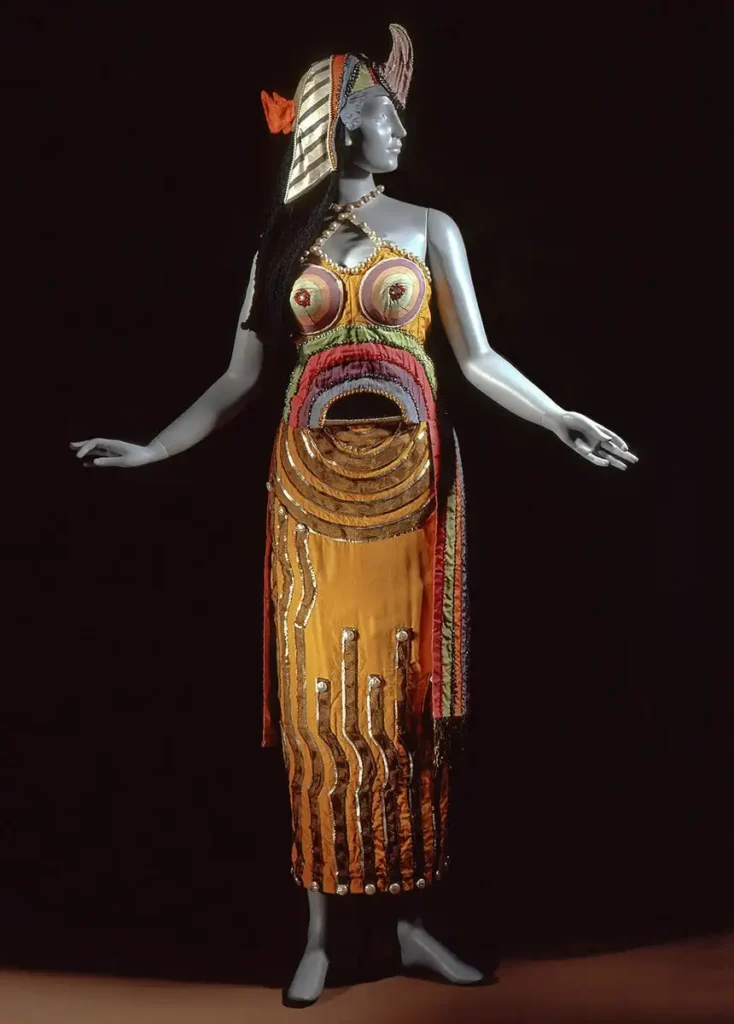
Sonia Delaunay, Cleopatra costume for Ballet Russes, 1918, Los Angeles County Museum of Art, Los Angeles, CA, USA.
Robert loved art theory, and he loved socializing. But that doesn’t pay the bills, and in this relationship it was Sonia who took care of the finances. Her entrepreneurial spirit meant that, even in tough times, she kept the family solvent.
Her aesthetic would manifest itself now as a dress, or an illustration in a poetry book, or as a costume on the stage, or as book-binding. She really was a thoroughly modern woman. She believed that colors were like words, and when she brought them together they became ‘a completed poem.’ She created a ‘poem-curtain’ containing verses by the surrealist Philippe Soupault embroidered in wool. She also made ‘poem-dresses’, quite literally, words that walked, moving pieces of performance art.
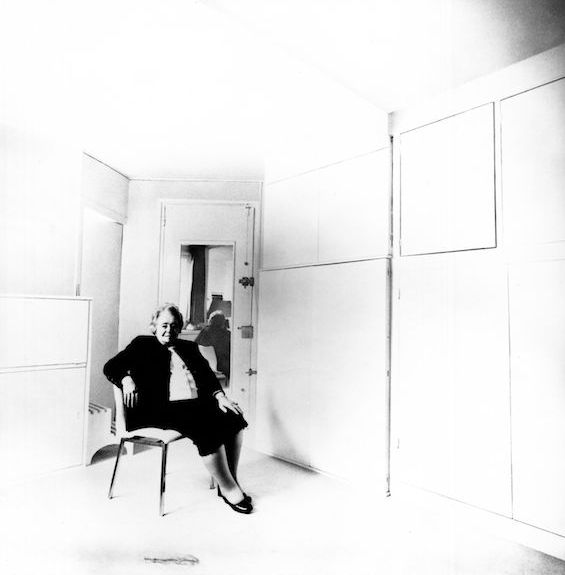
Lothar Wolleh, Portrait of Sonia Delaunay, 1978, Wikimedia Commons (CC BY-SA 3.0).
In 1941, Robert Delaunay, aged just 56, died of cancer. Sonia put her painting career on hold to devote herself entirely to preserving and promoting his legacy. And as with all of her work, she was successful. In the 1950s, she started painting again. In 1964, Sonia met author and poet Jacques Damase who would eventually become her partner. Jacques was a great supporter to Sonia. He nurtured her late-blossoming career and published multiple books on her work. Sonia died in 1979 aged 94. She was buried next to her beloved husband Robert at Gambais, near Paris.
Her rectangles, triangles, squares, curves enchant us with the mystery of a dynamism which is hers alone. From these elements, in principle straight and cold, Sonia Delaunay succeeds in creating a warm and sunny work such as life itself should be. Mysterious and secret, these fabrics, help us to live.
Sonia Delaunay: Rhythms and Colours, Thames and Hudson, 1972.

Sonia Delaunay, Le Bal Bullier, 1913, Musée d’Art Moderne, Paris, France.
DailyArt Magazine needs your support. Every contribution, however big or small, is very valuable for our future. Thanks to it, we will be able to sustain and grow the Magazine. Thank you for your help!